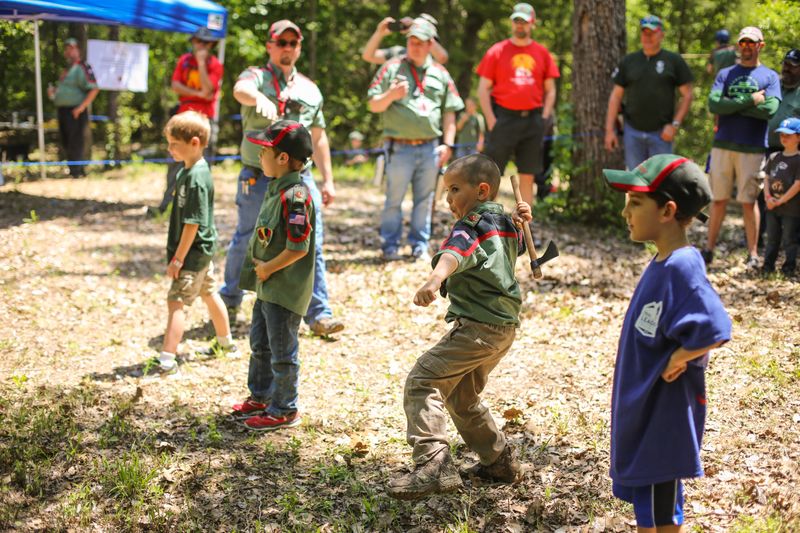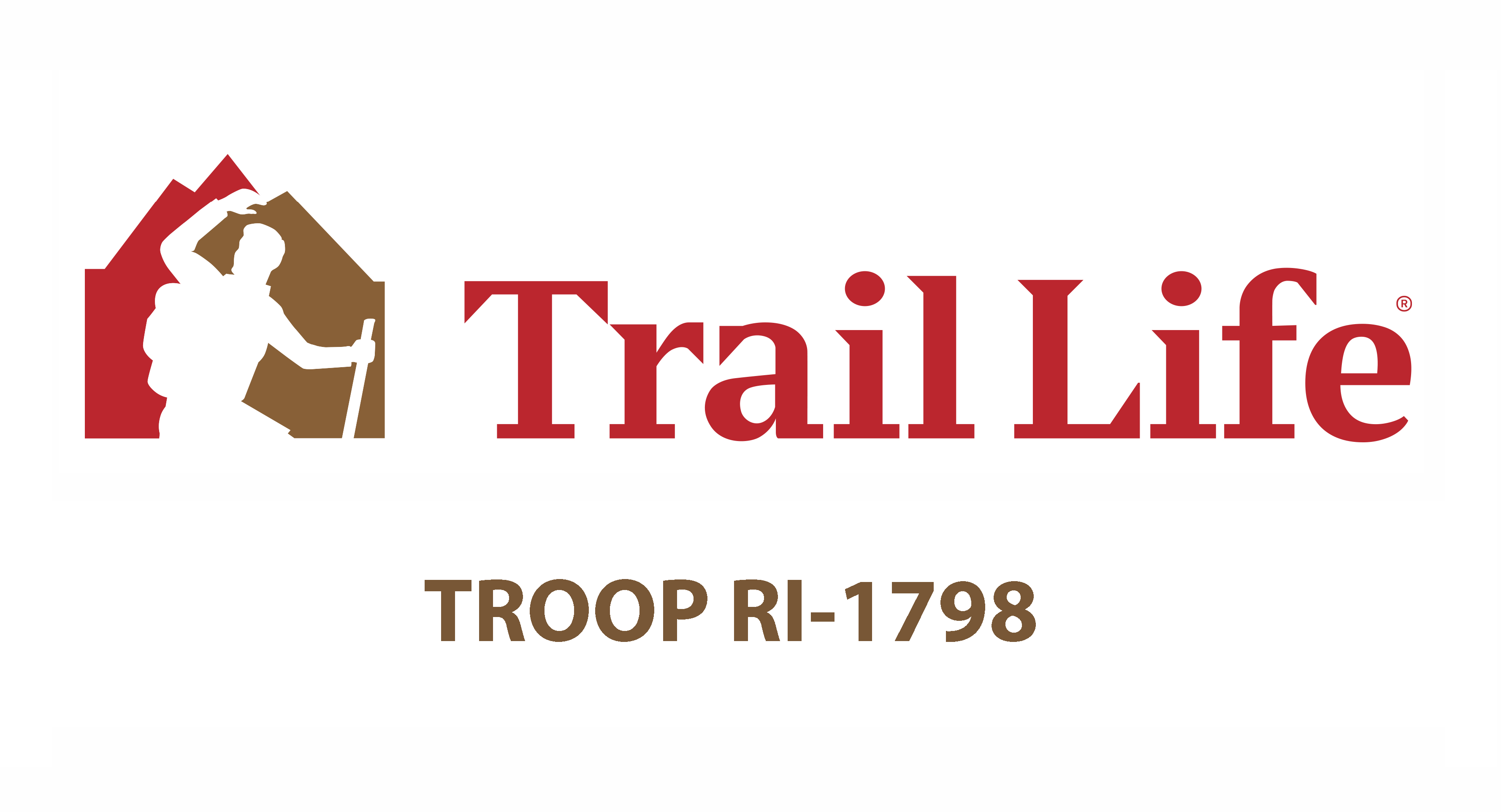Growing up as a Boy Scout, I was in the Ram patrol. Each meeting, we lined up together and then learned the skills we needed to together. I can still picture some of the guys in the group—the older higher-ranked Scouts teaching the skills and modeling good scouting. Then there were the newbie Tenderfoots not even really sure what was going on.
The origin of the Patrol Method

Trail Life utilizes the Patrol Method. This is a phrase coined by Robert Baden-Powell in 1941 to describe the structure of the Troop. Boys are notorious for congregating together and creating “gangs”1. Sir Baden-Powell knew this and decided it would be wise to make these “gangs” permanent. If you put an adult leader to guide the boys, you would have yourself a patrol.
What a patrol is and isn’t

Boys work together in and operate as a patrol. A patrol is a small group of boys—6 to 8 boys in varying ages—that do everything together. They work on skills for earning Trail Badges, go camping together, and meet and plan together. The original intention of the patrol was even to do things outside of the Troop, meaning that a patrol would go camping or do a service project together without the rest of the Troop there.
The Patrol still operates under the authority of the Troop. After all, there is a Officers Council made up of a First Officer, Second Officer, and Quartermaster (and others if your Troop so wishes). This is a patrol in and of itself and resides over the patrols to ensure that every patrol is functioning properly and to plan Troop-wide events.
Why we care about the Patrol Method
The mission of Trail Life is to create competent leaders out of Trailmen. The Patrol Method exists to help boys have ample opportunity to watch good leadership played out, develop and grow in leadership of their own, and then to pass it on to new Trailmen. When the Patrol Method is being practiced by a Troop and operating at peak efficiency, and entire ecosystem of leadership and council can be see in its finest form. This pushes the scouting movement forward and allows Trailmen to get the most out of their experience in Trail Life.
How to implement the Patrol Method
If you’re a Troop leader, here are some simple steps you can carry out to ensure the Patrol Method is utilized to the max in your Troop:
First, make sure your Troop has patrols. If not, press the reset button by having a couple of Troop-wide games or challenges. Notice the boys that congregate together and allow them to form Patrols. Assist minimally if needed.
Next, ensure your Officers Council is operating as a patrol. They should be meeting together frequently (with Patrol Leaders and Junior Patrol Leaders) to plan the Troop-wide events. Leaders who sit in on meetings should act as non-voting advisors. Let the boys lead and decide on things themselves.
Last, ensure that patrols are doing what they said they were doing. Are the older Trailmen teaching the younger Trailmen? Are they going camping when and where they had planned? What are the bottlenecks or hangups? As leaders, we can assist by taking care of the administration side of the Troop to ensure that Trailmen are able to lead and carry out their duties as assigned.
- Think of this word in its true definition, not in the negative sense. ↩︎
